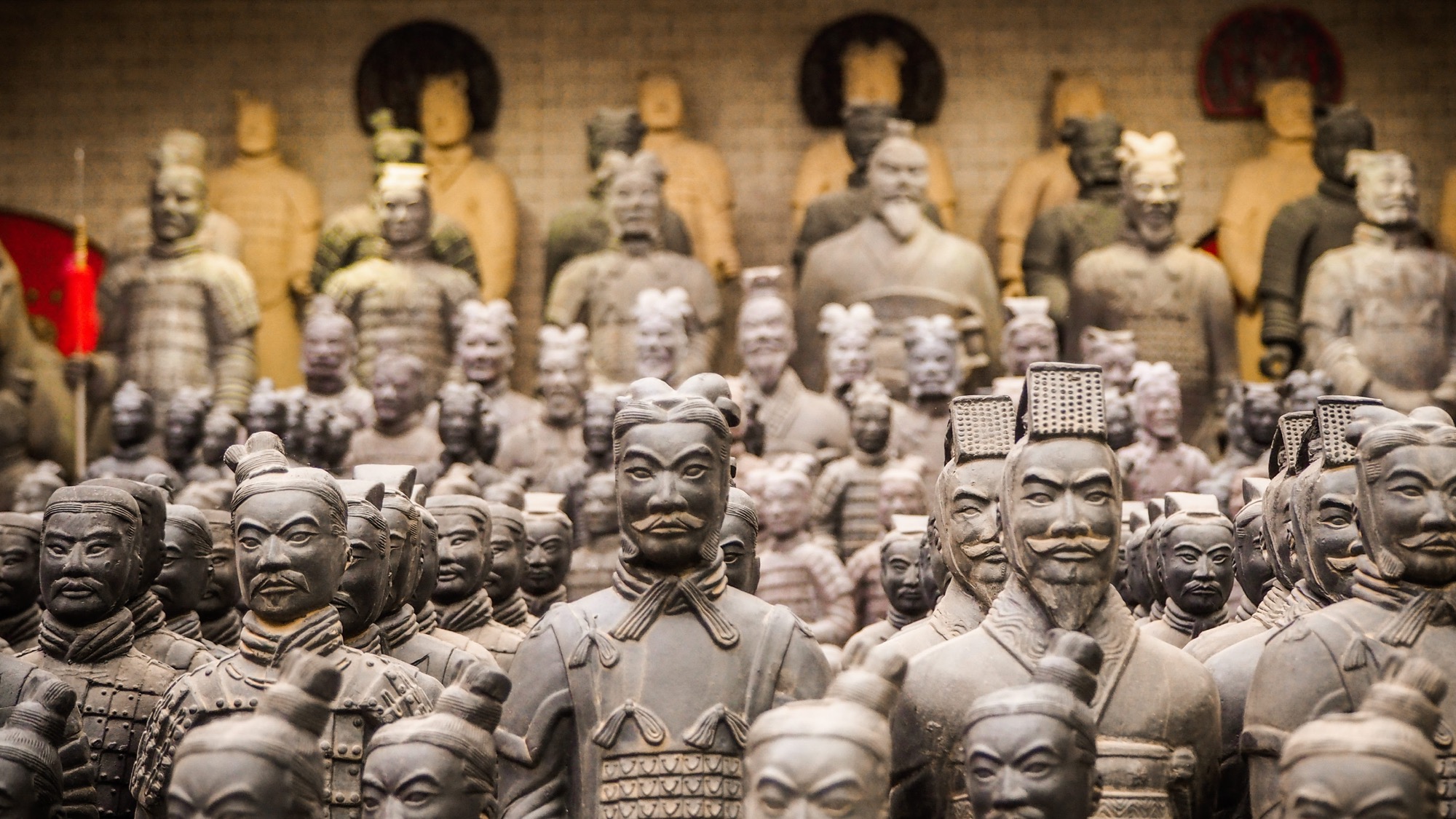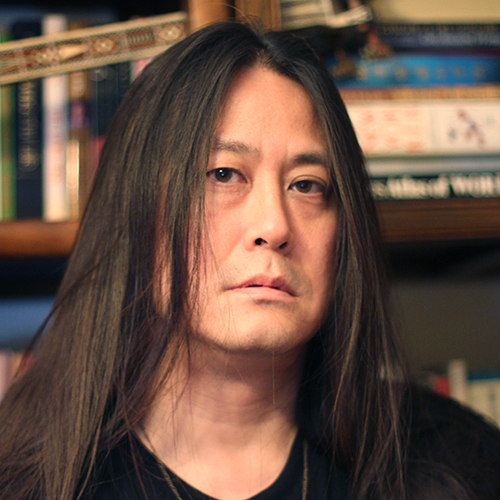For the Xi’an traveler, learn about the man behind the Terracotta Army

This week’s column comes from one of Kaiser’s answers originally posted to Quora on July 13, 2019:
What tips do you have for someone visiting the Terracotta Army in Xi’an, China for the first time?
Do a little reading about the emperor who commissioned this monument to his massive ego. Good to have some context.
He’s known now as Qin Shihuangdi (you’ll also see Qin Shi Huang), the founding emperor of the Qin Dynasty — a short-lived but very important period. He became king of one of seven “Warring States” that were still fighting it out for supremacy in the mid-3rd century BC.
Since he was too young to assume the throne, he had a regent — a renowned statesman who was actually having an affair with his mother. The stories of this guy before he really took power are already pretty amazing: all this palace intrigue, assassination attempts, the whole works. But the fact that he went on to take out six powerful rival states and unify China for the first time in over 500 years makes him very much worthy of some study. The state he ruled, which was called Qin like the dynasty he founded, was where we get the word “China.” (Qin is pronounced a bit like the word “chin,” as in “take it on the chin.”) It set the basic pattern for the bureaucracy that would govern China for a long, long time.
He was an adherent of a particular school of thought called Legalism, which encouraged very strict laws with even stricter punishments for breaking them. He was also obsessed with seeking immortality and (as evinced by the elaborate preparations for his death) was fixated with the afterlife as he understood it. So you can read up a bit on Legalism and on traditional Chinese beliefs about cosmology, the afterlife, alchemy, and that sort of thing. Fascinating stuff.
While you’re at the Terracotta Army pavilions (there are several of them) also make sure to go see the actual tomb of the first Qin emperor. It’s a short drive from the excavation site, but the tomb hasn’t actually been excavated yet. When it is, it may prove to be one of the most fascinating archaeological undertakings in recent history. Alas, no plans are on the books yet for when it will happen.
The city of Xi’an has an awesome Muslim Quarter where the food is just terrific, especially if you like lamb. There’s a dish there — it’s not for everyone — called “yangrou paomo” (羊肉泡馍), which is a savory lamb stew containing mung bean noodles, pickled garlic, onions, and cilantro, flavored with chilies. You eat it with a kind of biscuit-like hard bread, which you tear up into little mini dumplings and toss into the broth. I happen to love this stuff and am drooling on my keyboard as I write. Try it if you can. Also try something called roujiamo, which is not Muslim (as it’s made usually with pork belly). It’s braised pork (the Muslims use beef) cooked until it’s really tender and falling apart, kind of like pulled pork. It’s chopped along with green chilies and cilantro and eaten between the halves of one of those same biscuit-like bread guys, grilled kinda like a panini. Absolutely delicious.
If you like museums, I’m really into the Shaanxi Provincial Museum in Xi’an. It’s one of the nicer museums in China. Amazing collection.
Bon voyage!
Kuora is a weekly column. Photo by Manoj kumar kasirajan on Unsplash






